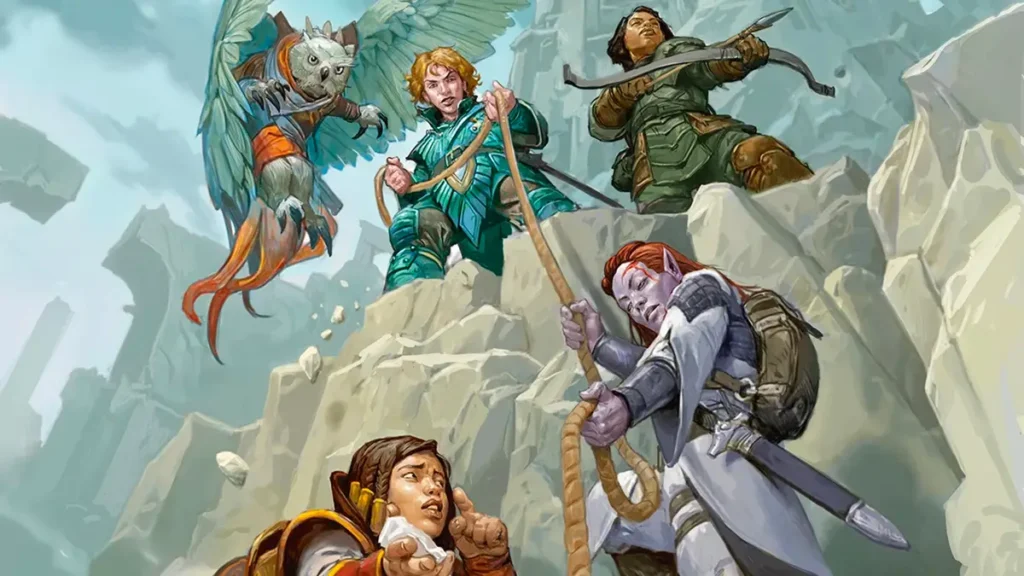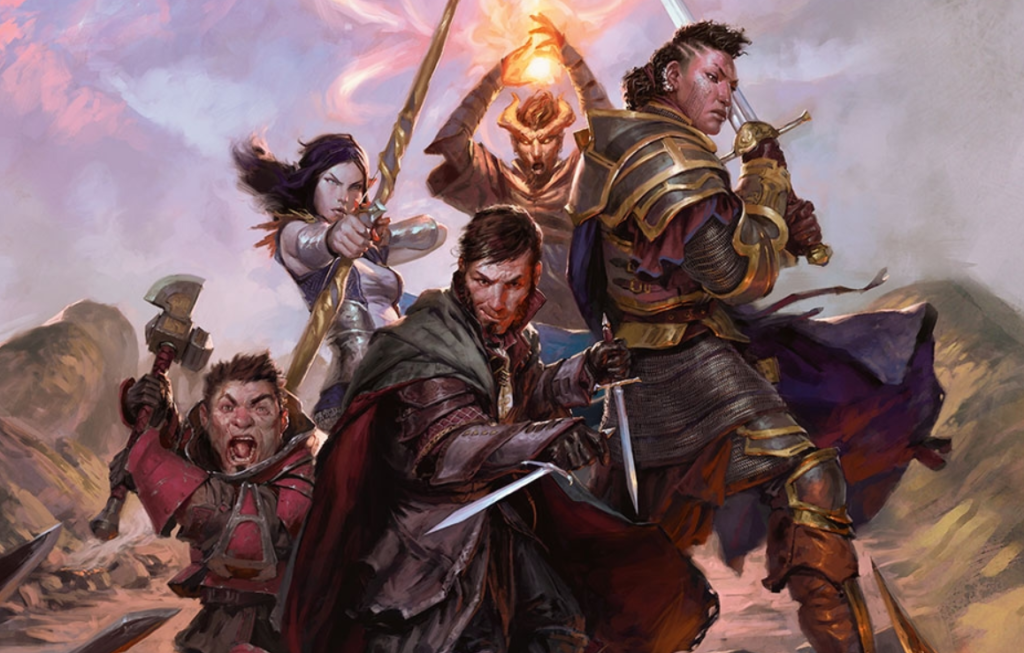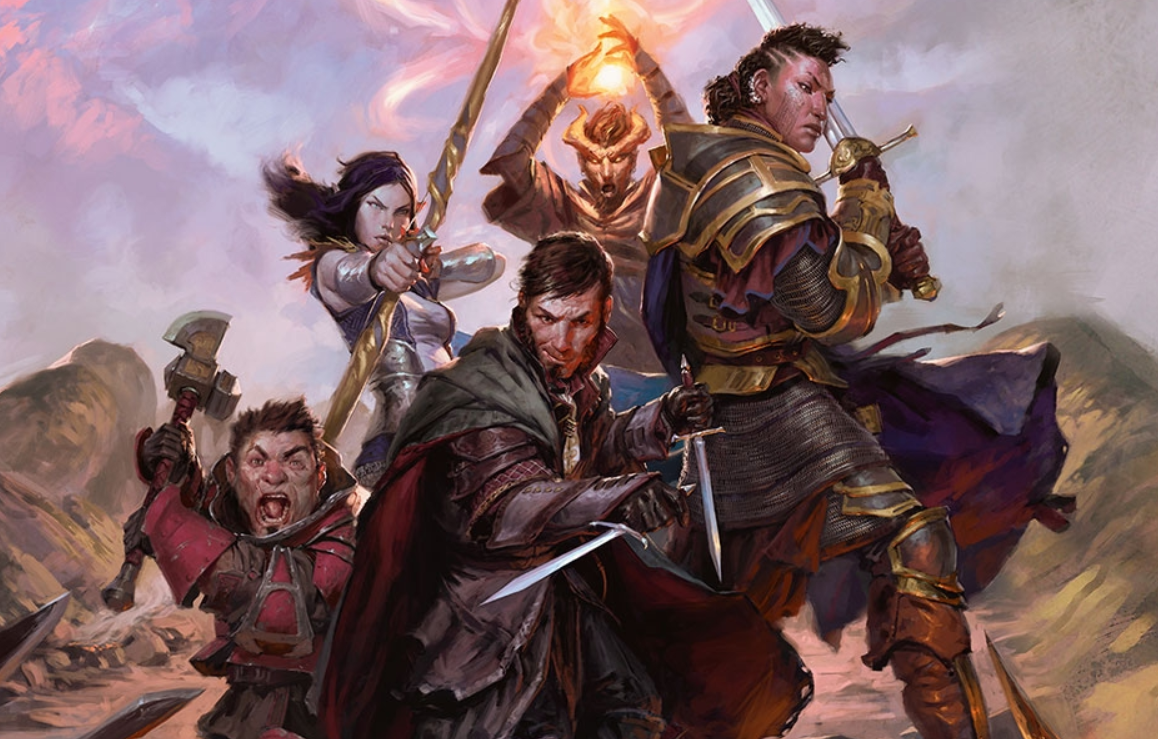Creating a D&D 5e character is more than just assigning stats and skills – it’s about crafting a living, breathing legend.
Research suggests that over 75% of players consider character development crucial to the game.
By mastering key techniques, you can transform your character from a mere stat sheet into a rich, immersive experience.
What sets legendary characters apart, and how can you use these expert-approved methods to bring your own character to life in a way that feels authentic and unforgettable?
Craft a Compelling Backstory
Your character’s backstory serves as the foundation for their personality, motivations, and actions, so crafting a rich and nuanced history is essential for creating a believable and relatable character.
When designing your character’s backstory, consider the significant events and experiences that shaped them into the person they’re today. Think about their relationships, successes, and failures, along with any pivotal moments that changed their course.
Your character’s backstory should inform their goals, fears, and desires, providing a clear direction for their actions and decisions in the game.
Embrace Flaws and Ideals

Embracing flaws and ideals is essential to crafting a well-rounded character, as these contradictions and convictions reveal the complexities of their personality and inform their decisions in the game.
You’ll want to choose flaws that not only hinder your character but also create opportunities for roleplaying and character growth. Perhaps your brave warrior has a fear of spiders, or your cunning rogue has a weakness for children in need.
Ideals, conversely, are the guiding principles that motivate your character and shape their actions. Are they driven by a desire for justice, a need for power, or a sense of loyalty?
Establish Meaningful Connections
As you flesh out the intricacies of your character’s personality, it’s time to reflect on the web of relationships that will surround them, bringing depth, warmth, and tension to their story.
You’ll want to think about the people who’ve shaped their life, including friends, family, mentors, and even adversaries.
Consider how these relationships have influenced their values, fears, and motivations.
Establishing meaningful connections will help you understand how your character interacts with others, forms alliances, and resolves conflicts.
By investing in these relationships, you’ll create a richer, more immersive experience for yourself and your companions.
This network of connections will also provide a wealth of roleplaying opportunities, allowing your character to grow and evolve over time.
Develop Unique Mannerisms and Quirks

With your character’s personality and relationships taking shape, it’s essential to craft distinctive mannerisms and quirks that bring them to life and set them apart from others. You’ll want to create habits, behaviors, or ways of speaking that are uniquely yours.
Here are a few ideas to get you started:
- Physical habits: Develop a unique way of moving, such as a limp, a swagger, or a habit of tapping your foot impatiently.
- Verbal ticks: Create a catchphrase or a distinctive way of speaking, like using a specific accent or colloquialism.
- Quirky behaviors: Give your character an odd habit, such as always checking their gear before a fight or constantly doodling on parchment.
Think and Act In-Character
Your goal as a player is to slip into your character’s mindset and make decisions based on their unique personality, values, and motivations, even when it means deviating from the most advantageous or practical choice.
As you traverse the game environment, you’ll encounter numerous situations that test your character’s resolve. You must think and act in-character, considering how they’d react in each scenario.
Don’t be afraid to make mistakes or take risks that align with your character’s traits. By doing so, you’ll create a more immersive experience for yourself and your companions.











